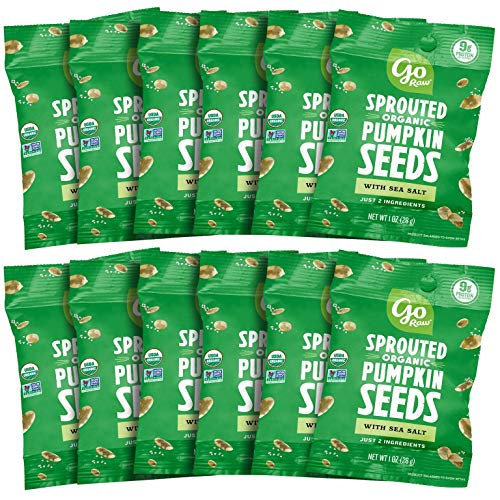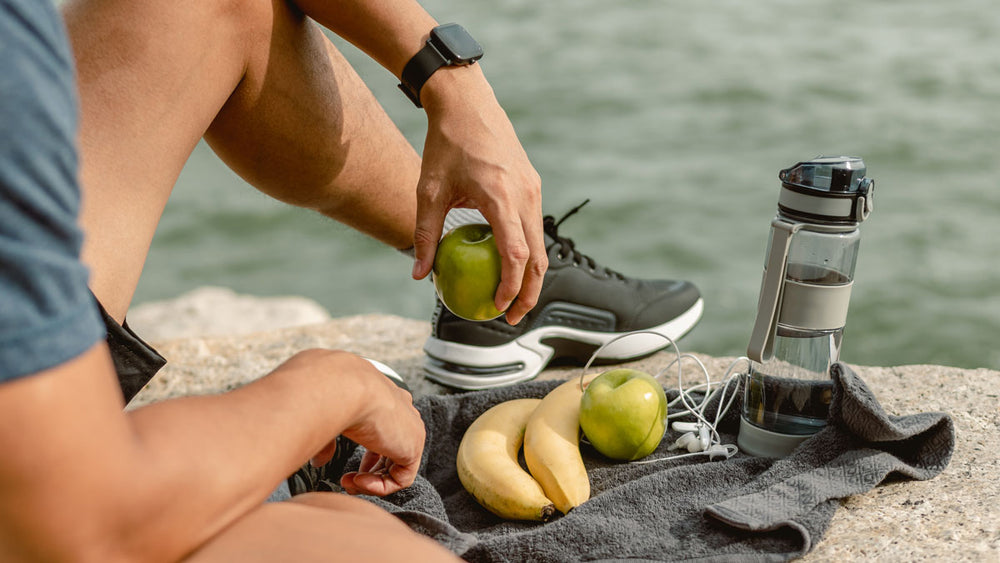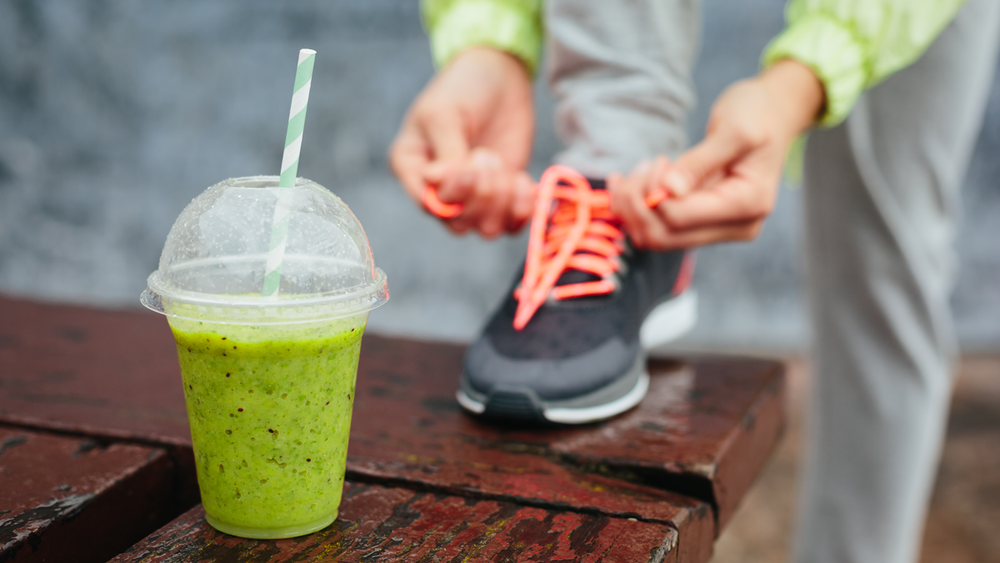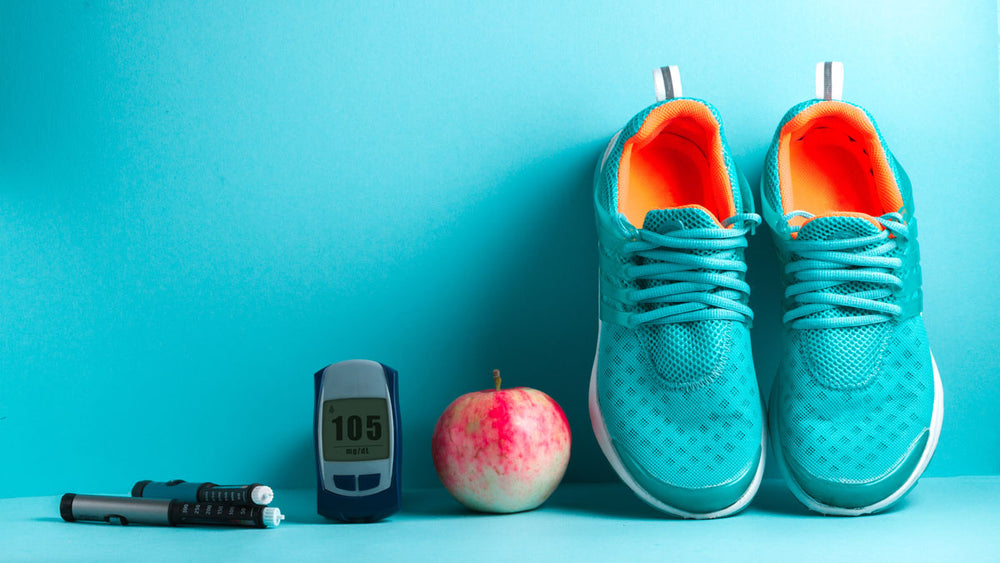Understanding Exercise Triggers for Gastrointestinal Symptoms
Exercise is good for you! Everyone knows that. But in some cases, for folks who have gastrointestinal disorders such as IBS and GERD, exercise can be a trigger for symptoms. Let’s talk about factors that can help one enjoy exercise while minimizing the risks of GI discomfort.
Exercise Challenges the Gut
Firstly, why does exercise have the potential to trigger gastrointestinal symptoms (GIS)? When we begin to exercise, we alter blood flow within our bodies. Specifically, we redistribute blood flow away from the GI tract and towards muscles and systems of thermoregulation. If the exercise is long enough in duration and intense enough, this can lead to a lack of sufficient blood flow to the organs of the abdominal cavity. Additionally, exercise alters neuroendocrine function, activating the sympathetic (fight-or-flight) nervous system and releasing stress hormones, such as cortisol and epinephrine.
These neuroendocrine changes alter gut motility and transit time, decreasing the ability to absorb nutrients. Together, exercise-induced alterations in blood flow and neuroendocrine activity lead to localized inflammation in the GI tract, intestinal translocation of bacteria, and, ultimately, systemic inflammation. The results of these physiological changes are exercise-induced GIS commonly reported in athletes. Lower GIS includes abdominal cramps, flatulence, the urge to defecate, rectal bleeding, and diarrhea. Upper GIS includes nausea, vomiting, regurgitation, chest pain, heartburn, and belching.
Identifying and Avoiding Exercise Triggers for Gastrointestinal Symptoms
How can one enjoy the benefits of exercise while minimizing the risks of GI distress? You can reduce the risk of GIS while exercising by changing your workouts a bit. The key exercise-linked triggers that increase your odds of experiencing GIS include Intensity, Heat, and Impact.
Intensity
Intensity is a key exercise variable that describes how hard you are working. It can be defined in various ways, including as a percentage of VO2max or percentage of maximum heart rate. Higher-intensity work is great for increasing fitness, but that benefit comes at the cost of increasing your risks of GIS. An intensity of around 70% of VO2max, which is equivalent to a pace the average person could maintain for about 20 minutes, is a good ceiling to stay beneath if you want to maintain gut health.
Impact
High-impact activity is another potential exercise trigger for GIS. Running induces GIS at twice the frequency of lower-impact exercise modes such as cycling or swimming. Choosing low-impact exercise modes, such as cycling, rowing, swimming, elliptical work, or low-impact bodyweight exercises, such as yoga or tai-chi, should minimize the risk of GIS. Mindfulness exercises, such as yoga and tai-chi, have also been suggested as therapies to improve outcomes in IBS patients; however, research does not strongly support their efficacy.
Pre-Workout Nutrition
In addition to the way you exercise, how you eat shortly before you exercise can greatly exacerbate GIS. I have previously written about the ideal pre-workout meals. To condense my recommendations, avoiding high-fat, high-protein intake in the hours shortly before you workout is best, as those macronutrients have the slowest absorption time. Additionally, high doses of caffeine and high FODMAP foods can increase the risk of GIS during exercise.
Summing Up: Tips for a Gut-Friendly Exercise Experience
Exercise is good for you! To enjoy the benefits of exercise while minimizing your risk of GI distress, I advise choosing a low-impact exercise mode and keeping your intensity at a low enough pace so you can sustain it for at least 20 minutes. Also, watch what you eat before each workout! Please share your experiences and tips for a gut-friendly exercise experience in the comments section!
- Bonomini-Gnutzmann, R., Plaza-Díaz, J., Jorquera-Aguilera, C., Rodríguez-Rodríguez, A., & Rodríguez-Rodríguez, F. (2022). Effect of Intensity and Duration of Exercise on Gut Microbiota in Humans: A Systematic Review. International journal of environmental research and public health, 19(15), 9518.
- Costa, R. J. S., Snipe, R. M. J., Kitic, C. M., & Gibson, P. R. (2017). Systematic review: exercise-induced gastrointestinal syndrome-implications for health and intestinal disease. Alimentary pharmacology & therapeutics, 46(3), 246–265.
- Erdman, K. A., Jones, K. W., Madden, R. F., Gammack, N., & Parnell, J. A. (2021). Dietary Patterns in Runners with Gastrointestinal Disorders. Nutrients, 13(2), 448.
- de Oliveira, E. P., & Burini, R. C. (2009). The impact of physical exercise on the gastrointestinal tract. Current opinion in clinical nutrition and metabolic care, 12(5), 533–538.
- Nunan, D., Cai, T., Gardener, A. D., Ordóñez-Mena, J. M., Roberts, N. W., Thomas, E. T., & Mahtani, K. R. (2022). Physical activity for treatment of irritable bowel syndrome. The Cochrane database of systematic reviews, 6(6), CD011497.
- ter Steege, R. W., & Kolkman, J. J. (2012). Review article: the pathophysiology and management of gastrointestinal symptoms during physical exercise, and the role of splanchnic blood flow. Alimentary pharmacology & therapeutics, 35(5), 516–528.
- Zhou, C., Zhao, E., Li, Y., Jia, Y., & Li, F. (2019). Exercise therapy of patients with irritable bowel syndrome: A systematic review of randomized controlled trials. Neurogastroenterology and motility, 31(2), e13461.



















Comments
Join The Conversation...